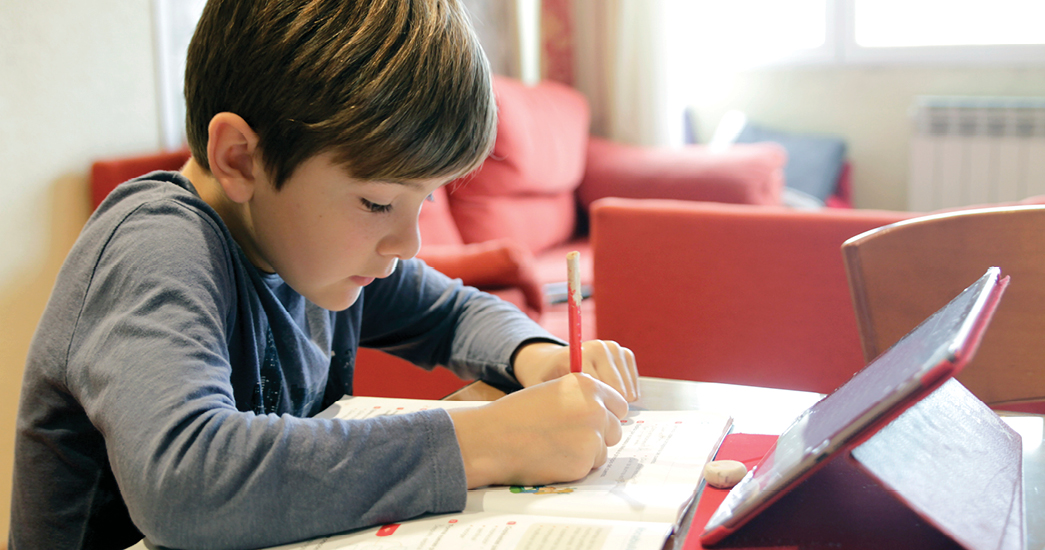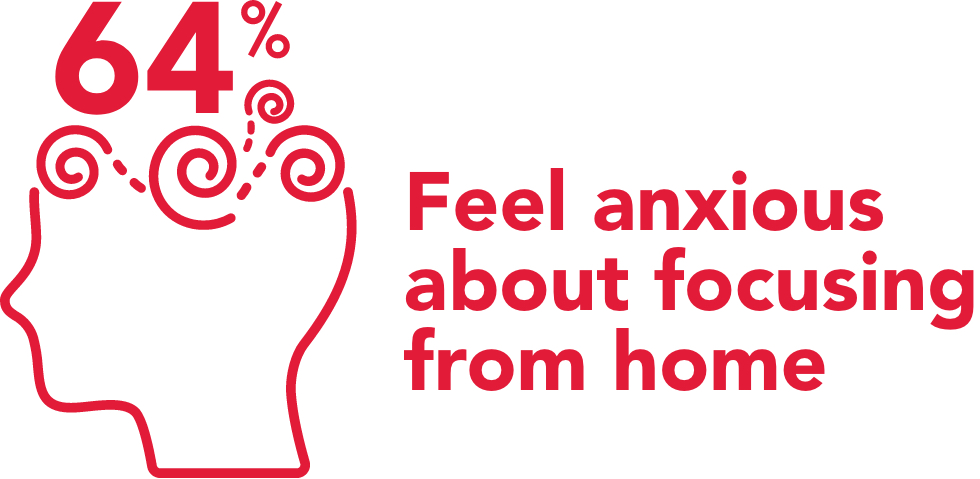
Published September 2020
The COVID-19 pandemic has impacted every facet of our lives, and education is no exception. Students are likely eager to return to school, to see friends and to get back into a routine, and parents are craving that same structure within their homes. However, this year looks vastly different for both students and parents from the “back-to-school” of years past.
School districts and states have varying plans for returning to the classroom with many opting for hybrid models of in-person and at-home instruction. The uncertainty surrounding this school year breeds anxiety in both children and adults, so placing increased focus on establishing a routine while nurturing mental and physical well-being will be key for families to navigate this uncertain time and move forward together.

Return to school plans vary widely, both at the state level as well as from district to district. The variance can be seen firsthand in New England. In Massachusetts, districts must finalize their plans for in-person or remote learning and submit to the state’s department of education, as well as release those plans to the public. Maine has approved all in-person instruction with safety precautions in place but leaves it up to the districts to decide their preferred return to school method. New Hampshire and Connecticut are also allowing districts to decide how they’d like to return, and Rhode Island has approved almost all districts for in-person learning, but the start of the school year is delayed until September 14.
Impact of Remote Learning and Work on Mental Health
While technology has afforded many of us the opportunity to work or learn from home in a safe manner during this pandemic, the challenges of social distancing, more screen time and self-isolation are manifesting themselves in mental health struggles for both children and adults.

The shift to online learning has left many students feeling isolated and struggling with sticking to a routine outside of the structured classroom environment. According to a study conducted by Barnes and Noble Education, 64% of students surveyed shared they felt anxious about staying motivated and focused in their home environments, and 55% were worried about the lack of in-person social interactions, with 45% fearing this isolation could impact their academic performance.
For parents, the challenges are similar. Balancing remote work schedules with facilitating distance learning for their children has many parents feeling overwhelmed and overworked. A Morning Consult poll found that managing remote learning was handled disproportionally by women, and research from the Council on Contemporary Families found mothers were more likely to feel anxious and overwhelmed while working from home than fathers.
More positively, though 58% of parents surveyed in one study expressed anxiety over managing their child’s education from home, an overwhelming 80% reported increased respect for the work done by teachers.
Tips for Establishing and Maintaining Routines
Whatever your remote learning or work situation may be this fall, here are some tips on establishing routines and setting boundaries for distance learning and work in your family:

Set up designated work and study spaces in your home, so each family member a space away from other loved ones to work productively.

Establish weekly planning and organization sessions to ensure students and working adults alike know what they need to accomplish each week.

Ask teachers for feedback on your child’s progress to ensure goals are being met, or that additional support is being provided where needed.

Build in time for daily self-care, modeling for your children the importance of taking breaks to get outside (safely of course), step away from electronic devices or meditate to refocus for the rest of the day.
These are unusual times, and there is not a one-size-fits-all approach to adapting to a remote learning or work environment. For more in-depth mental health support programs, check out the Harvard Pilgrim resources here, and for strategies on screen time for children, check out this Family Digital Wellness Guide from the Center on Media and Child Health. Harvard Pilgrim also offers a Kids Wellness Series, which can be found here.
To confirm eligibility for any programs or services mentioned in this article as it relates to your specific health plan, please reach out to your account executive or HR benefits team. You may also speak to our member services team at (888)-333-4742 or by sending a secure email. And for plan details and other member resources, log in to the member portal.